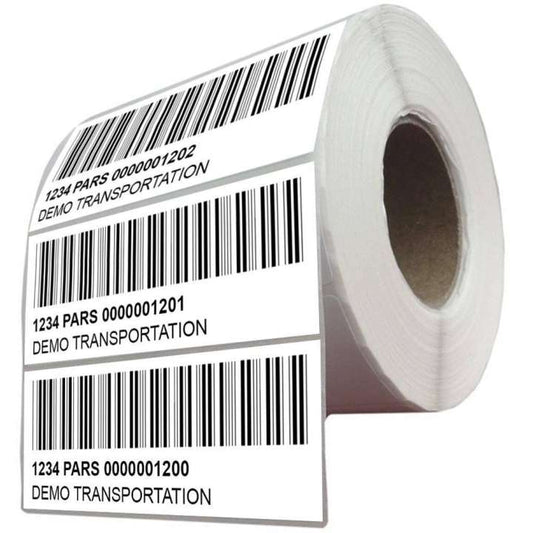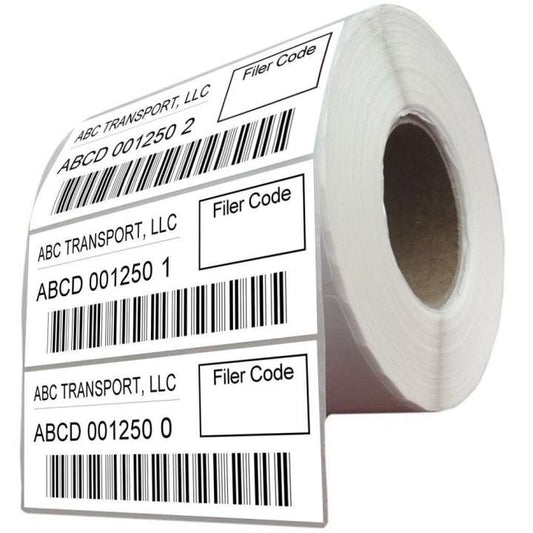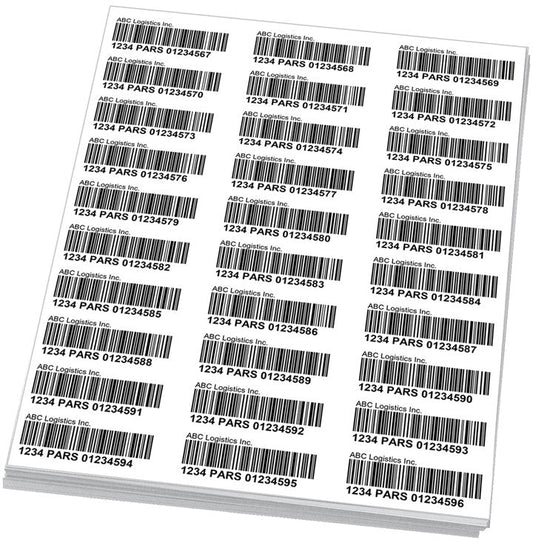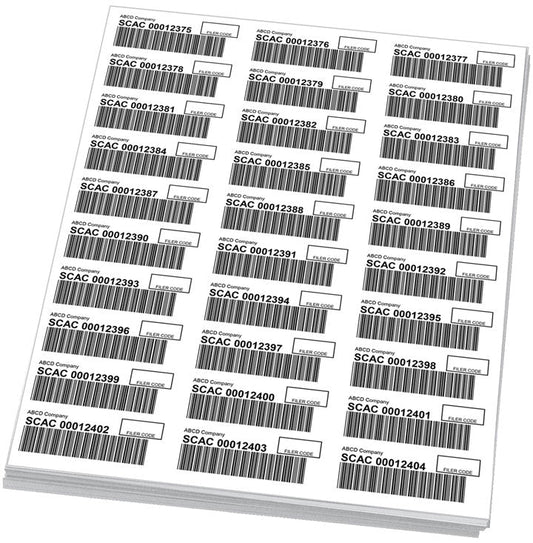Ensuring a Smooth Entry into Canada: Comprehensive Guide to CBSA Requirements for Highway Carriers with PARS Shipments
Navigating the Canadian border with commercial shipments can be seamless if you're well-prepared. This comprehensive guide focuses on the Canada Border Services Agency (CBSA) requirements for highway carriers using the Pre-arrival Review System (PARS), ensuring your entry into Canada is as smooth as possible.
Understanding PARS
PARS allows carriers to submit cargo information for review and approval by the CBSA before reaching the border. This system streamlines the process, reducing wait times and potential issues at the point of entry.
Key Steps for Compliance
-
Pre-Arrival Preparation: Submit PARS labels in advance. These labels should accurately reflect the contents of your shipment and be aligned with all accompanying documentation, like the bill of lading and commercial invoice.
-
eManifest Submission: CBSA requires an electronic manifest through the Advance Commercial Information (ACI) program. This manifest, submitted at least one hour before arrival, should detail the cargo, crew, and conveyance.
-
Document Organization: Keep all documents, including cargo and shipping details, easily accessible. This helps in case of any queries or inspections by CBSA officers.
-
Reporting Upon Arrival: Present the PARS label upon arrival at the Canadian border for CBSA validation. The accuracy of this label is paramount to avoid delays.
-
Compliance with Regulations: Stay informed about CBSA directives, including those related to prohibited or restricted goods. Non-compliance can result in delays, fines, or refusal of entry.
-
Inspection Preparedness: While PARS facilitates smoother entry, be ready for inspections. Well-organized and accessible documentation can expedite this process.
-
Adherence to CBSA Decisions: Follow any directives given by CBSA officers, including additional inspections or documentation requirements.
Handling Challenges and Delays
Delays can occur due to a variety of reasons, such as discrepancies in documentation or random inspections. In such cases, patience and cooperation with CBSA officers are crucial. Ensure that your team is trained to handle such situations professionally.
Leveraging Technology for Efficiency
Modern technology, like GPS tracking and digital document management, can significantly aid in meeting CBSA requirements more efficiently. Consider investing in such technologies to streamline your operations.
Building a Relationship with CBSA
Establishing a good working relationship with CBSA can be beneficial. Regularly attending CBSA workshops and seminars can provide valuable insights and help you stay ahead of regulatory changes.
Conclusion: A Commitment to Compliance and Efficiency
Meeting CBSA requirements is not just about avoiding delays; it's about contributing to the efficiency and security of cross-border trade. By adhering to these guidelines and leveraging PARS effectively, highway carriers can ensure a smoother and more predictable border crossing experience.








